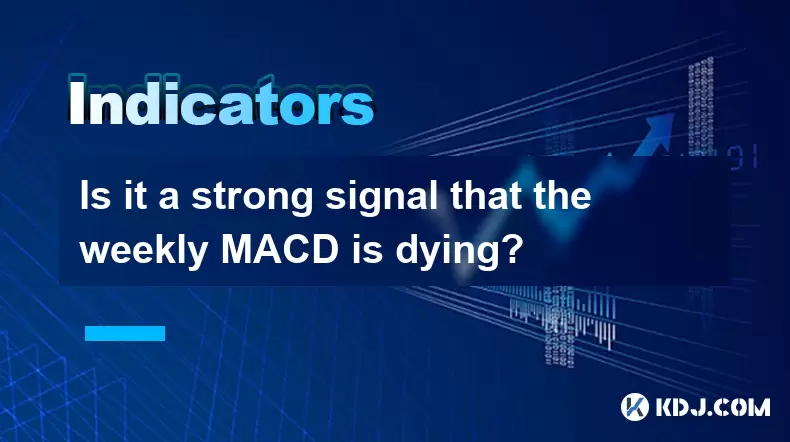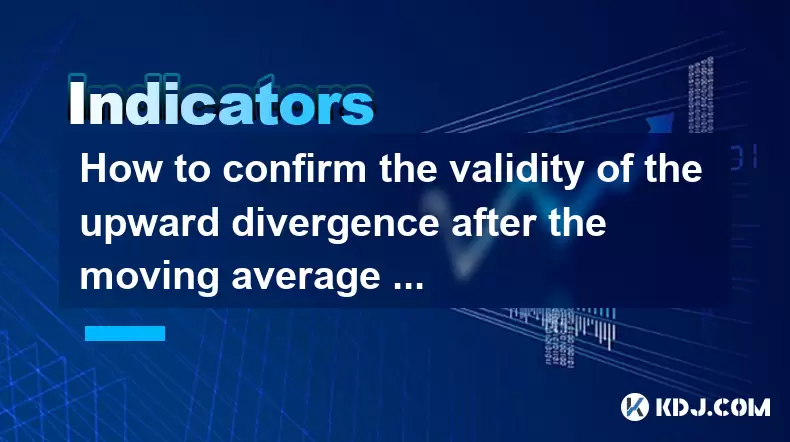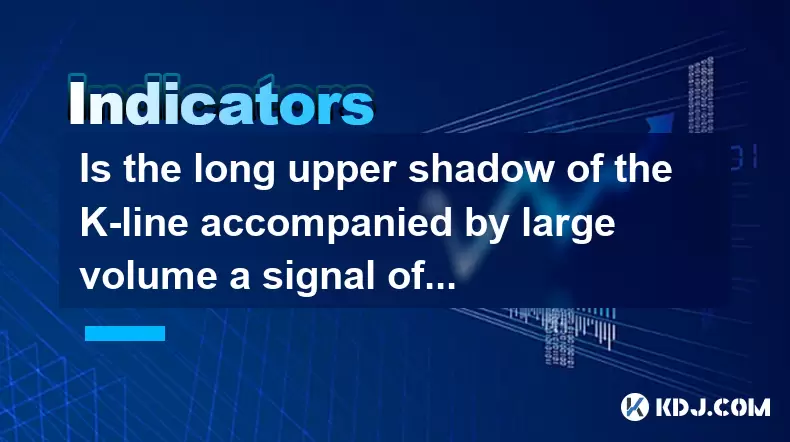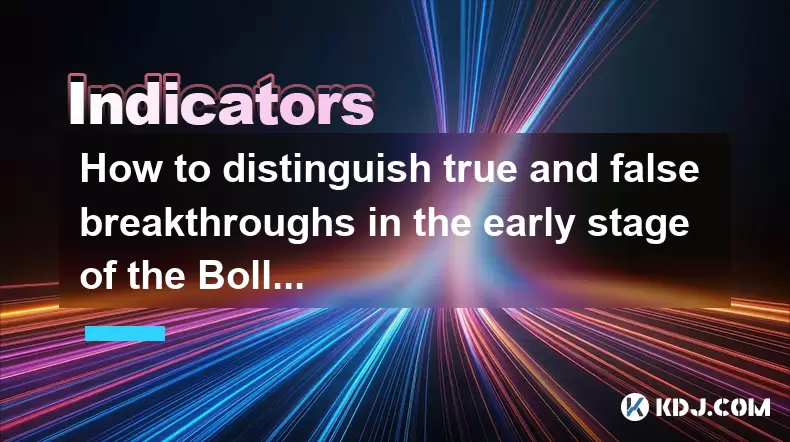-
 Bitcoin
Bitcoin $106,754.6083
1.33% -
 Ethereum
Ethereum $2,625.8249
3.80% -
 Tether USDt
Tether USDt $1.0001
-0.03% -
 XRP
XRP $2.1891
1.67% -
 BNB
BNB $654.5220
0.66% -
 Solana
Solana $156.9428
7.28% -
 USDC
USDC $0.9998
0.00% -
 Dogecoin
Dogecoin $0.1780
1.14% -
 TRON
TRON $0.2706
-0.16% -
 Cardano
Cardano $0.6470
2.77% -
 Hyperliquid
Hyperliquid $44.6467
10.24% -
 Sui
Sui $3.1128
3.86% -
 Bitcoin Cash
Bitcoin Cash $455.7646
3.00% -
 Chainlink
Chainlink $13.6858
4.08% -
 UNUS SED LEO
UNUS SED LEO $9.2682
0.21% -
 Avalanche
Avalanche $19.7433
3.79% -
 Stellar
Stellar $0.2616
1.64% -
 Toncoin
Toncoin $3.0222
2.19% -
 Shiba Inu
Shiba Inu $0.0...01220
1.49% -
 Hedera
Hedera $0.1580
2.75% -
 Litecoin
Litecoin $87.4964
2.29% -
 Polkadot
Polkadot $3.8958
3.05% -
 Ethena USDe
Ethena USDe $1.0000
-0.04% -
 Monero
Monero $317.2263
0.26% -
 Bitget Token
Bitget Token $4.5985
1.68% -
 Dai
Dai $0.9999
0.00% -
 Pepe
Pepe $0.0...01140
2.44% -
 Uniswap
Uniswap $7.6065
5.29% -
 Pi
Pi $0.6042
-2.00% -
 Aave
Aave $289.6343
6.02%
Is it a strong signal that the weekly MACD is dying?
A dying weekly MACD in crypto signals weakening momentum, often hinting at trend exhaustion or consolidation, but should be confirmed with other indicators like volume or RSI for accurate trading decisions.
Jun 18, 2025 at 07:15 am

Understanding the Weekly MACD in Cryptocurrency Trading
The Moving Average Convergence Divergence (MACD) is one of the most widely used technical indicators in cryptocurrency trading. It helps traders identify potential trend reversals, momentum shifts, and entry or exit points. The weekly MACD, specifically, is analyzed by long-term investors and traders who focus on broader market movements rather than intraday fluctuations. When traders talk about the weekly MACD "dying," they are often referring to a situation where the MACD line approaches the signal line, or both lines converge near zero, indicating weakening momentum.
This phenomenon raises an important question: does a dying weekly MACD indicate a strong signal for price movement?
What Does a Dying MACD Mean?
A dying MACD typically occurs when the difference between the 12-period and 26-period exponential moving averages (EMAs) narrows significantly. This results in the MACD line approaching the signal line (which is a 9-period EMA of the MACD line). In this state, the histogram bars shrink, suggesting that the current trend—whether bullish or bearish—is losing strength.
In the context of cryptocurrency markets, which are known for high volatility and rapid trend changes, a dying MACD can be interpreted as a warning sign. It may signal consolidation, exhaustion of the current trend, or an impending reversal. However, it's crucial to note that the MACD alone should not be used as a standalone indicator. It must be combined with other tools like volume analysis, support/resistance levels, and candlestick patterns to confirm potential moves.
Historical Examples of Weekly MACD Dying in Crypto Markets
Looking back at previous Bitcoin and Ethereum cycles, there have been instances where the weekly MACD showed signs of dying before significant price corrections or sideways phases. For example, during the early stages of the 2022 bear market, the weekly MACD for BTC began flattening, with the histogram shrinking dramatically. This preceded a multi-month consolidation phase before the eventual breakdown below key support levels.
Similarly, in late 2020, prior to the explosive bull run, the weekly MACD had been dormant for several weeks. Once the histogram started expanding again, it signaled the beginning of a powerful uptrend. These examples show that a dying MACD isn't inherently bullish or bearish—it depends on the context and subsequent price action.
How to Interpret a Dying Weekly MACD in Real-Time
To interpret a dying weekly MACD effectively, traders should follow these steps:
- Monitor the Histogram: A shrinking histogram indicates decreasing momentum. Pay attention to whether the bars are consistently getting smaller over multiple weeks.
- Watch for Crossovers: If the MACD line crosses below or above the signal line after a period of dormancy, it could indicate a new trend forming.
- Analyze Price Action: Is the price forming higher highs while the MACD forms lower highs? That’s a bearish divergence. Conversely, if the price makes lower lows but the MACD makes higher lows, that’s a bullish divergence.
- Check Volume Trends: Declining volume alongside a dying MACD reinforces the idea of waning interest in the current trend.
- Combine with Other Indicators: Use RSI, Bollinger Bands, or Fibonacci retracement levels to get a clearer picture.
These steps help traders avoid false signals and increase the probability of making informed decisions based on the weekly MACD dynamics.
Common Misinterpretations of the Weekly MACD Signal
One of the most common mistakes among traders is interpreting a dying MACD as an immediate reversal signal. This is not always accurate. Sometimes, the MACD remains flat for extended periods during strong trends, especially when the market enters a phase of balanced accumulation or distribution.
Another misinterpretation is treating the MACD as a predictive tool rather than a lagging indicator. Since the MACD is based on past prices, it reflects what has already happened, not necessarily what will happen. Therefore, it's best used in conjunction with leading indicators or sentiment analysis to anticipate future moves.
Additionally, some traders ignore the time frame mismatch. A weekly MACD dying doesn’t mean the daily or hourly charts will reflect the same pattern. Each time frame tells its own story, and aligning them correctly is essential for effective trading.
Practical Steps for Responding to a Dying Weekly MACD
If you observe a dying weekly MACD in your favorite cryptocurrency asset, here’s how to respond strategically:
- Reduce Exposure Gradually: If you're holding a large position and notice weakening momentum, consider trimming your holdings incrementally.
- Place Stop-Loss Orders: Protect yourself from sudden breakdowns or spikes by adjusting stop-loss placements near key support or resistance zones.
- Wait for Confirmation: Don’t act on the dying MACD alone. Wait for a breakout, crossover, or divergence confirmation before entering or exiting trades.
- Switch to Lower Time Frames: Analyze daily or 4-hour charts for more granular signals that might offer better timing for entries or exits.
- Track On-Chain Metrics: Combine technical signals with fundamental data such as exchange inflows/outflows, whale activity, and network usage to validate the dying MACD's implications.
By following these practical steps, traders can manage risk more effectively and avoid knee-jerk reactions to a potentially misleading signal.
Frequently Asked Questions
Q: Can the weekly MACD ever give false signals in crypto trading?
Yes, the weekly MACD can produce false signals, especially in sideways or choppy markets. Because it's a lagging indicator, it often confirms trends after they've already begun or gives reversal warnings too late.
Q: How long does a dying weekly MACD typically last in crypto markets?
There's no fixed duration. It can last anywhere from one to several weeks depending on market conditions, investor sentiment, and macroeconomic factors influencing the crypto space.
Q: Should I ignore other time frames if the weekly MACD is dying?
No, you should not ignore other time frames. The weekly MACD provides a broader perspective, but shorter time frames like daily or 4-hour charts often reveal more actionable signals and can help fine-tune your strategy.
Q: Is a dying weekly MACD more reliable in Bitcoin than in altcoins?
Bitcoin tends to exhibit more predictable patterns due to its larger market cap and institutional involvement. While the weekly MACD can be useful for altcoins, their higher volatility and lower liquidity may reduce the reliability of the signal compared to Bitcoin.
Disclaimer:info@kdj.com
The information provided is not trading advice. kdj.com does not assume any responsibility for any investments made based on the information provided in this article. Cryptocurrencies are highly volatile and it is highly recommended that you invest with caution after thorough research!
If you believe that the content used on this website infringes your copyright, please contact us immediately (info@kdj.com) and we will delete it promptly.
- Staked Ether, Corporate Crypto, and Finance Adoption: A New York Minute
- 2025-06-21 02:45:13
- Pendle, DeFi, and the SEC: A New York Minute on Crypto's Crossroads
- 2025-06-21 02:25:13
- Reddit, Worldcoin, and Iris Scanning: A New Era of User Verification?
- 2025-06-21 02:45:13
- Investor Funds, Bitcoin, and Buying Tricks: Navigating the Crypto Landscape
- 2025-06-21 02:50:12
- TikTok, Trump, and a $300 Million Crypto Bribe? What's the Deal?
- 2025-06-21 03:10:57
- Pi Network's Open Mainnet: Hype or Hope for a Decentralized Future?
- 2025-06-21 03:25:12
Related knowledge

Does the sudden contraction of ATR indicate the end of the trend?
Jun 20,2025 at 11:14pm
Understanding ATR and Its Role in Technical AnalysisThe Average True Range (ATR) is a technical indicator used to measure market volatility. Developed by J. Welles Wilder, ATR calculates the average range of price movement over a specified period, typically 14 periods. It does not indicate direction—only volatility. Traders use ATR to gauge how much an ...

Is the trend continuation when the Williams indicator is oversold but there is no rebound?
Jun 20,2025 at 11:42pm
Understanding the Williams %R IndicatorThe Williams %R indicator, also known as the Williams Percent Range, is a momentum oscillator used in technical analysis to identify overbought and oversold levels in price movements. It typically ranges from 0 to -100, where values above -20 are considered overbought and values below -80 are considered oversold. T...

Is the golden cross of the ROC indicator below the zero axis effective?
Jun 20,2025 at 09:42pm
Understanding the ROC Indicator and Its Role in Cryptocurrency TradingThe Rate of Change (ROC) indicator is a momentum oscillator widely used by traders to assess the speed at which cryptocurrency prices are changing. It measures the percentage difference between the current price and the price from a certain number of periods ago. The ROC helps identif...

How to confirm the validity of the upward divergence after the moving average sticks together?
Jun 21,2025 at 01:36am
Understanding the Basics of Moving Averages and DivergenceIn technical analysis, moving averages are crucial tools used to smooth out price data over a specified time period. When multiple moving averages converge or 'stick together,' it often indicates a consolidation phase in the market. This phenomenon can be a precursor to significant price movement...

Is the long upper shadow of the K-line accompanied by large volume a signal of peaking?
Jun 21,2025 at 12:28am
Understanding the Long Upper Shadow K-LineThe long upper shadow of a K-line is a common candlestick pattern that often appears during price action analysis. It consists of a small real body with a long upper wick, indicating that the price rose significantly during the period but was ultimately rejected and closed lower than its high. This pattern can s...

How to distinguish true and false breakthroughs in the early stage of the Bollinger Band opening?
Jun 20,2025 at 10:35pm
Understanding the Bollinger Band StructureBollinger Bands consist of three lines: a simple moving average (SMA) in the middle, and two outer bands that are standard deviations away from the SMA. These bands expand and contract based on market volatility. When the bands begin to widen, it often signals an increase in price volatility, which traders inter...

Does the sudden contraction of ATR indicate the end of the trend?
Jun 20,2025 at 11:14pm
Understanding ATR and Its Role in Technical AnalysisThe Average True Range (ATR) is a technical indicator used to measure market volatility. Developed by J. Welles Wilder, ATR calculates the average range of price movement over a specified period, typically 14 periods. It does not indicate direction—only volatility. Traders use ATR to gauge how much an ...

Is the trend continuation when the Williams indicator is oversold but there is no rebound?
Jun 20,2025 at 11:42pm
Understanding the Williams %R IndicatorThe Williams %R indicator, also known as the Williams Percent Range, is a momentum oscillator used in technical analysis to identify overbought and oversold levels in price movements. It typically ranges from 0 to -100, where values above -20 are considered overbought and values below -80 are considered oversold. T...

Is the golden cross of the ROC indicator below the zero axis effective?
Jun 20,2025 at 09:42pm
Understanding the ROC Indicator and Its Role in Cryptocurrency TradingThe Rate of Change (ROC) indicator is a momentum oscillator widely used by traders to assess the speed at which cryptocurrency prices are changing. It measures the percentage difference between the current price and the price from a certain number of periods ago. The ROC helps identif...

How to confirm the validity of the upward divergence after the moving average sticks together?
Jun 21,2025 at 01:36am
Understanding the Basics of Moving Averages and DivergenceIn technical analysis, moving averages are crucial tools used to smooth out price data over a specified time period. When multiple moving averages converge or 'stick together,' it often indicates a consolidation phase in the market. This phenomenon can be a precursor to significant price movement...

Is the long upper shadow of the K-line accompanied by large volume a signal of peaking?
Jun 21,2025 at 12:28am
Understanding the Long Upper Shadow K-LineThe long upper shadow of a K-line is a common candlestick pattern that often appears during price action analysis. It consists of a small real body with a long upper wick, indicating that the price rose significantly during the period but was ultimately rejected and closed lower than its high. This pattern can s...

How to distinguish true and false breakthroughs in the early stage of the Bollinger Band opening?
Jun 20,2025 at 10:35pm
Understanding the Bollinger Band StructureBollinger Bands consist of three lines: a simple moving average (SMA) in the middle, and two outer bands that are standard deviations away from the SMA. These bands expand and contract based on market volatility. When the bands begin to widen, it often signals an increase in price volatility, which traders inter...
See all articles

























































































